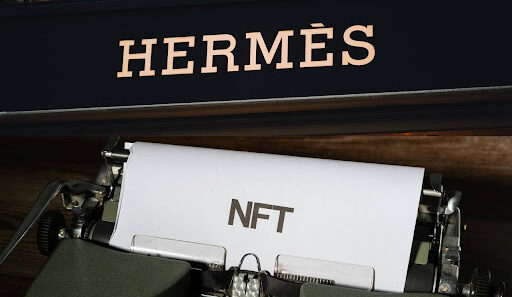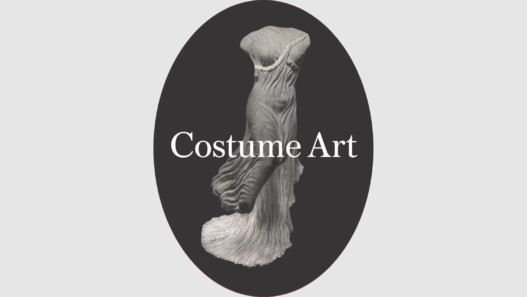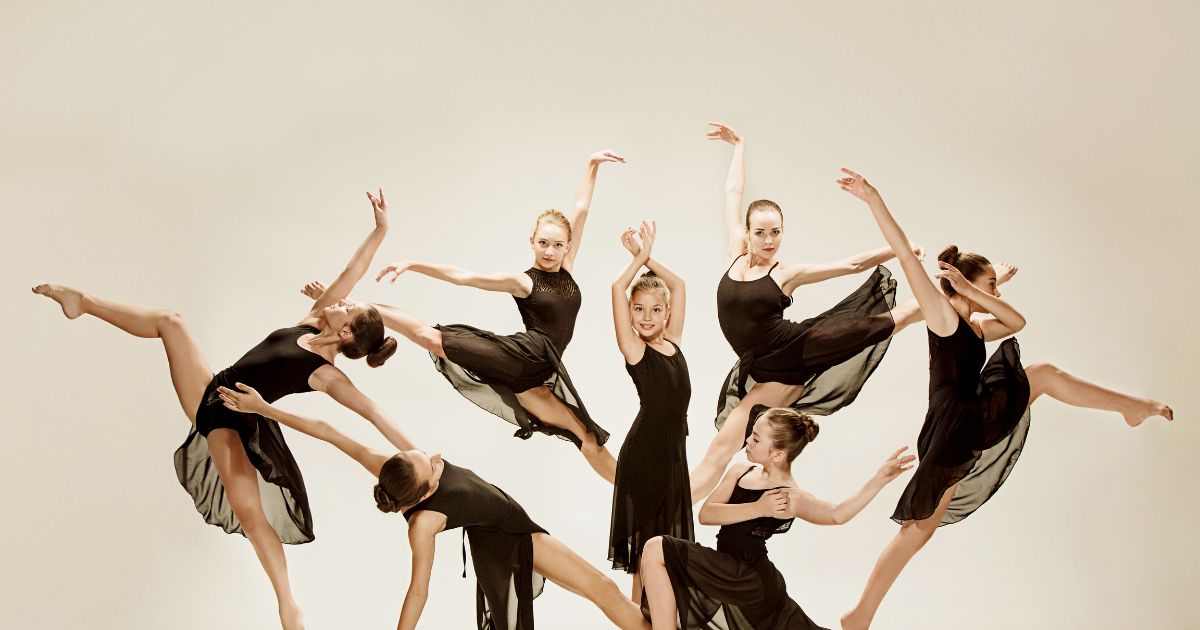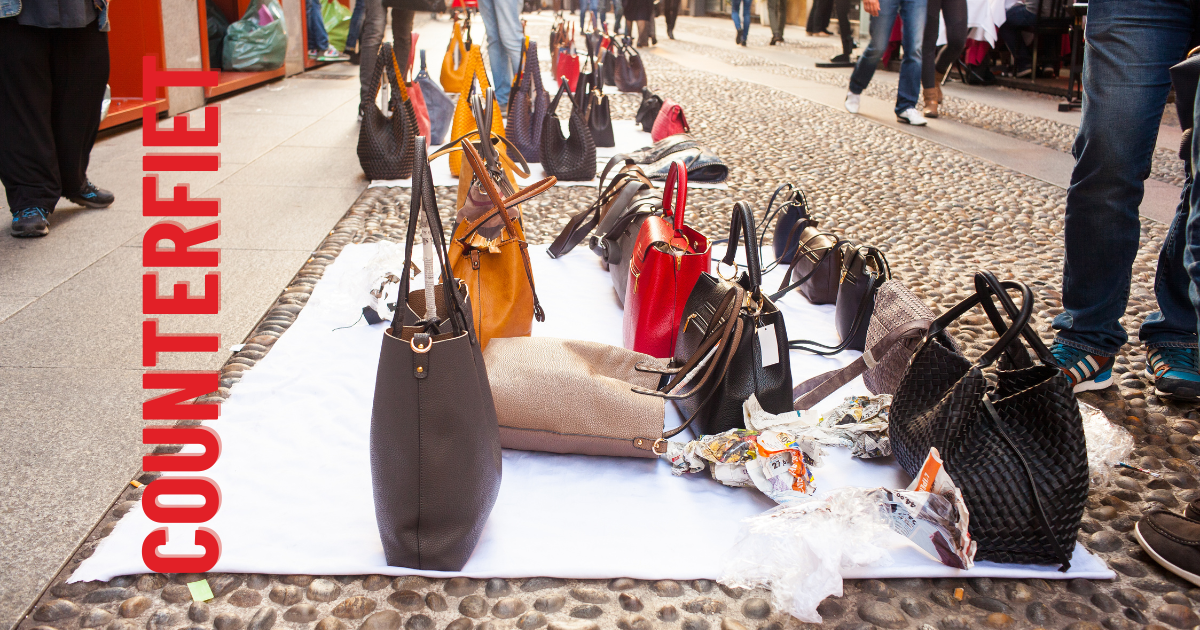“Liberté, égalité, fraternité” (freedom, equality, fraternity) were the phrases with which the French Revolution ended as a consequence of the confrontation between the monarchy and the revolutionary ideas of rationalism. The contrast between both sides was reflected even in sociocultural aspects such as fashion, as it is a means of expressing these ideas.
The bourgeoisie imposed its status through clothing. As a tradition since the 17th century according to National Geographic, “the French court was governed by a scrupulous clothing law that codified the way of dressing for each occasion” (2020). At first, dark colors stood out as a sign of bourgeois morality. Later on, more striking tones such as pearl or brown were chosen under velvet, silk or brocade fabrics. This is how the bourgeoisie imposed its status through clothing. Among the most prominent figures were Louis XVI and Marie Antoinette. His ostentatious way of dressing reflected his class privilege.
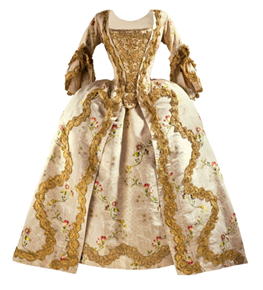
But who created those costumes that perpetuated social inequalities? A famous “couturier” named Rose Bertin. She was the main stylist for Marie Antoinette and she laid the foundations of haute couture by redefining those ideas that implied creativity as a relevant characteristic; however, in the same way they still perpetuated said socio-cultural contrasts in times of economic crisis.
When the French Revolution broke out, fashion fulfilled a sociopolitical function: it served to distinguish social classes and inequalities as well as the position between those who were in favor of the aristocracy or in favor of citizenship.
Red and blue represented the distinctive colors of Paris while white represented the monarchy and purity.
Ostentatious clothing such as jewelry, silks, lace, corsets, and wigs were banned during the rule of Napoleon Bonaparte. The revolution, by seeking equality according to its republican and egalitarian ideals, sought to adopt simpler clothing and reject the royal symbology.
Fashion then becomes more egalitarian and accessible for social classes as well as the use of the colors blue, white and red that signified the symbols of the movement. On the part of the working class there was a movement called sansculottism which deals with the demarcation of aristocratic culottes to wear striped pants or dark pants with shirts, vests and red Phrygian hats. The movement becomes a fight for freedom and equality. The sans-culottes were called the true patriots against the aristocracy and the monarchy.
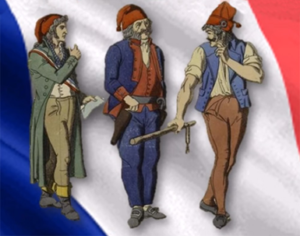
As a historical reflection, we recognize that fashion, like any art, evolves. The role of fashion beyond an aggregate of tastes imposed and reflected unequal conditions between the working and working classes with the aristocratic and monarchical classes. The fact of dressing reflected your position during the time, if you wore ostentatious clothing it meant a pro-high class position as well as the use of sants cullons by the revolutionary lower classes.
Bibliography:
La pasión por la moda en la era de María Antonieta. (2013, mayo 10). National geographic. https://historia.nationalgeographic.com.es/a/pasion-por-moda-era-maria-antonieta_7192
By: Adela Canchasto Acho





